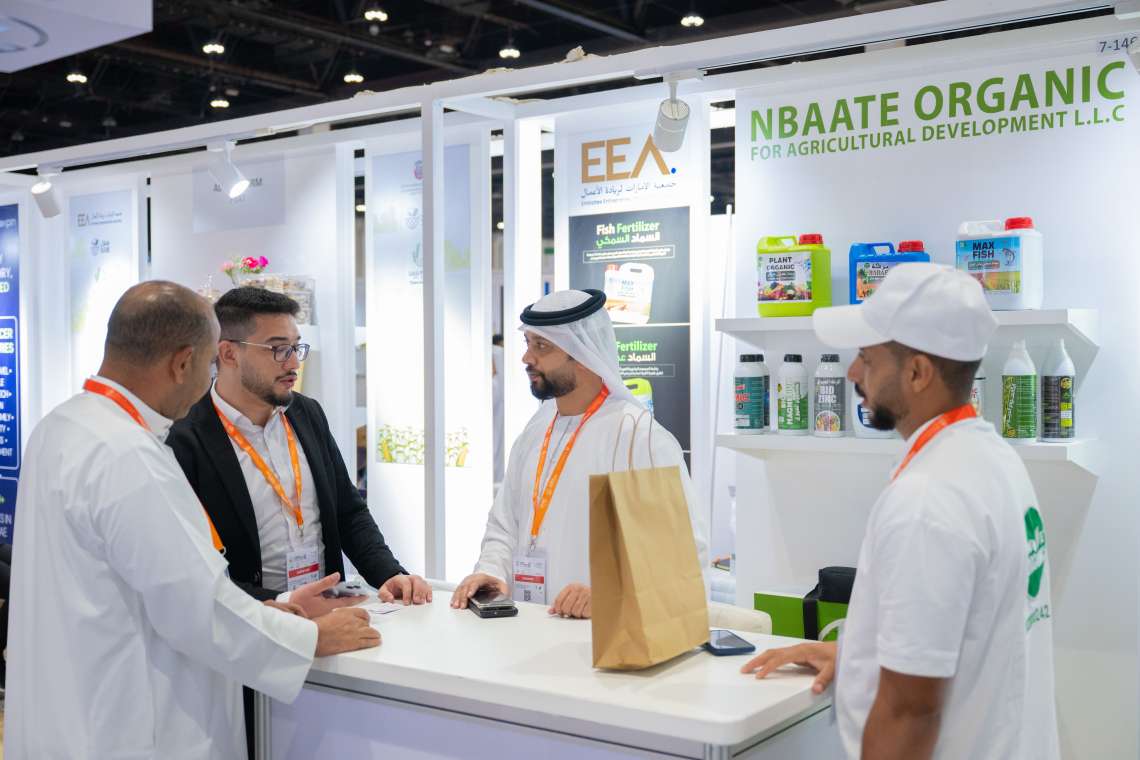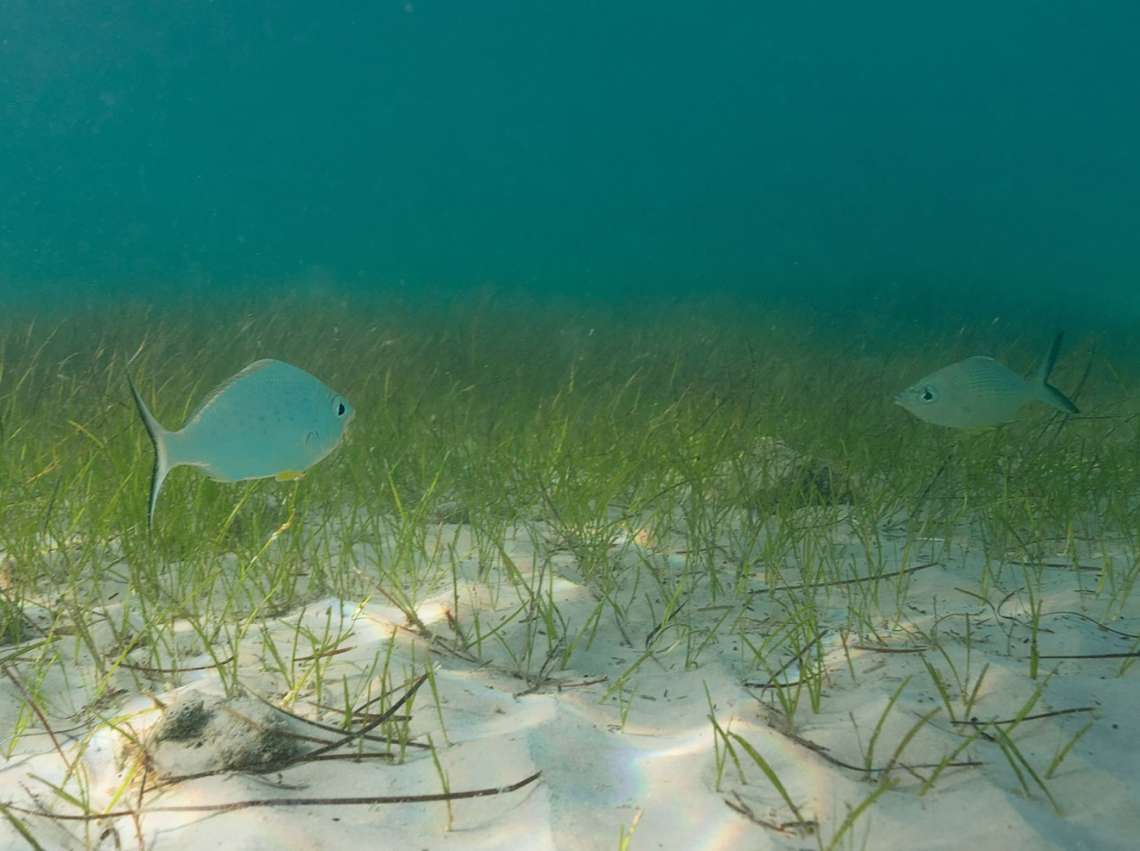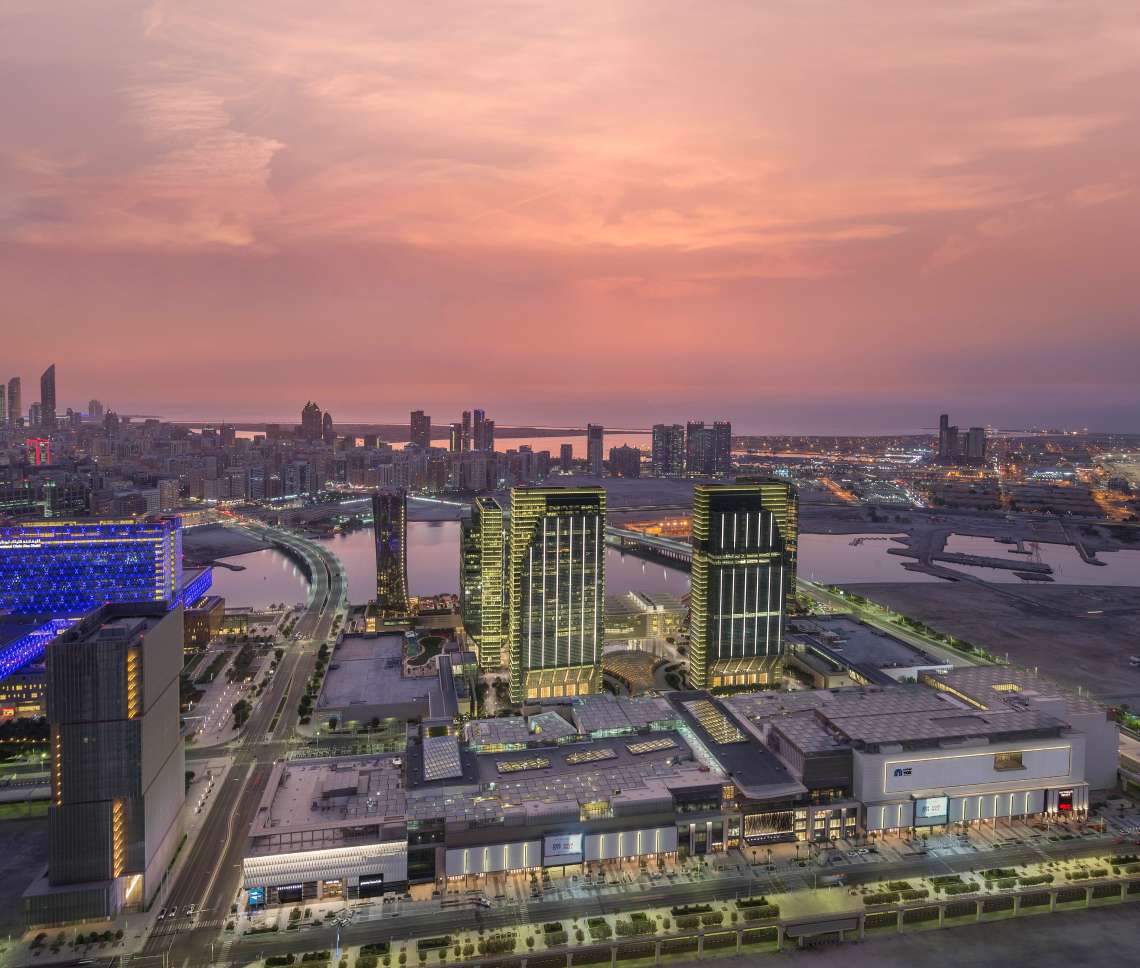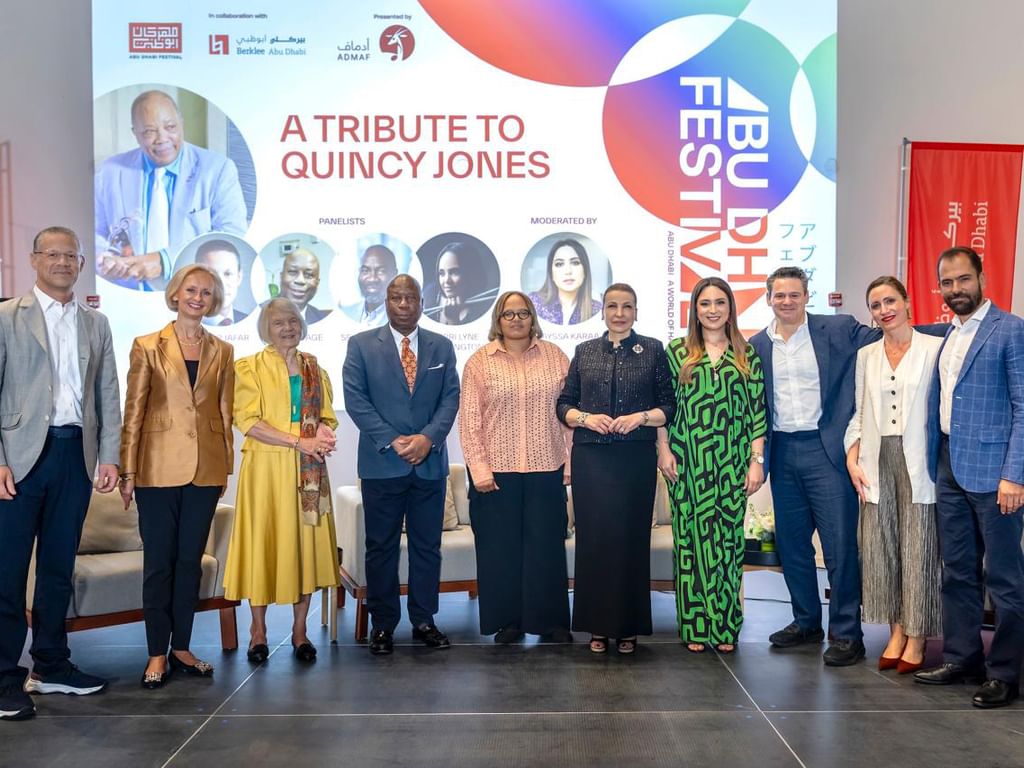EAD’s most notable achievement is the world’s largest mammal reintroduction programme of the Arabian Oryx, which was on the brink of extinction. Today, the population in Abu Dhabi has reached 5,000 heads – making it the largest herd in the world…reports Asian Lite News
The Environment Agency – Abu Dhabi (EAD) has won the “Outstanding Contribution to Biodiversity Global 2020 Award,” by Capital Finance International (CFI.co).
EAD, the region’s largest environmental regulator, was recognised for the role it has played in championing the conservation of biodiversity in the Emirate of Abu Dhabi.
Examples of EAD’s efforts in preserving biodiversity include continuing the legacy of the late Sheikh Zayed bin Sultan Al Nahyan, the UAE Founding Father. Known as the First Environmentalist, Sheikh Zayed bin Sultan Al Nahyan expanded the network of protected areas to 19 areas, 13 of which are terrestrial, representing 16.9 percent and six marine areas representing 13.9 percent of the terrestrial and marine ecosystems, respectively.

EAD’s most notable achievement is the world’s largest mammal reintroduction programme of the Arabian Oryx, which was on the brink of extinction. Today, the population in Abu Dhabi has reached 5,000 heads – making it the largest herd in the world.
Consequently, EAD – with joint initiatives – succeeded in the resettlement of Scimitar horned Oryx in its native country, Chad. This species had been completely extinct in the wild and now the total number of Scimitar horned Oryx in Chad has reached to be more than 200.
The authority signed a Memorandum of Understanding with the Jordanian Royal Society for the Conservation of Nature to release 60 Arabian Oryx in the Shumari Wildlife Reserve over the next two years.
Today, the population of Dugongs in the capital city is the world’s second largest, amounting to 3,000, which is the highest density per square metre in the Arabian Gulf.
Additionally, more than 700 dolphins, most of which live in marine protected areas in Abu Dhabi, have been registered, including the largest group in the world of the Indian Ocean, Humpback dolphin, and 37 endangered finless Porpoises and 268 Indo-Pacific Bottlenose dolphins.
Dr. Shaikha Salem Al Dhaheri, Secretary-General of EAD, said, “One of our main strategic priorities and mandates is the conservation of biodiversity in Abu Dhabi and we have worked laboriously since the inception of EAD 25 years ago, towards achieving this goal. We have been more than successful in protecting biodiversity and we are honoured to be recognised by an international publication such as Capital Finance International for all the hard work that has been done by the EAD team.”

EAD succeeded in the registration of Al Wathba Wetland Reserve as the first protected area in the GCC to make the International Union for Conservation of Nature (IUCN) Green list. It is also one of the 40 sites in the world that has been considered for the Convention of Biological Diversity as Ecologically or Biologically Significant Area.
Also, Abu Dhabi has approximately 3,800 recorded species and less than two percent are classified as “threatened” on the Red List categories of the IUCN.
Furthermore, Jebel Hafit National Park in Abu Dhabi is the only location where the Dwarf Palm can be found. The Arabian Caracal was recently sighted in the area for the first time in 35 years. The park also hosts globally threatened species, and the only concentration of the globally threatened Egyptian Vulture in the UAE.
Capital Finance International (CFI.co) is a print journal and online resource reporting on business, economics and finance.








